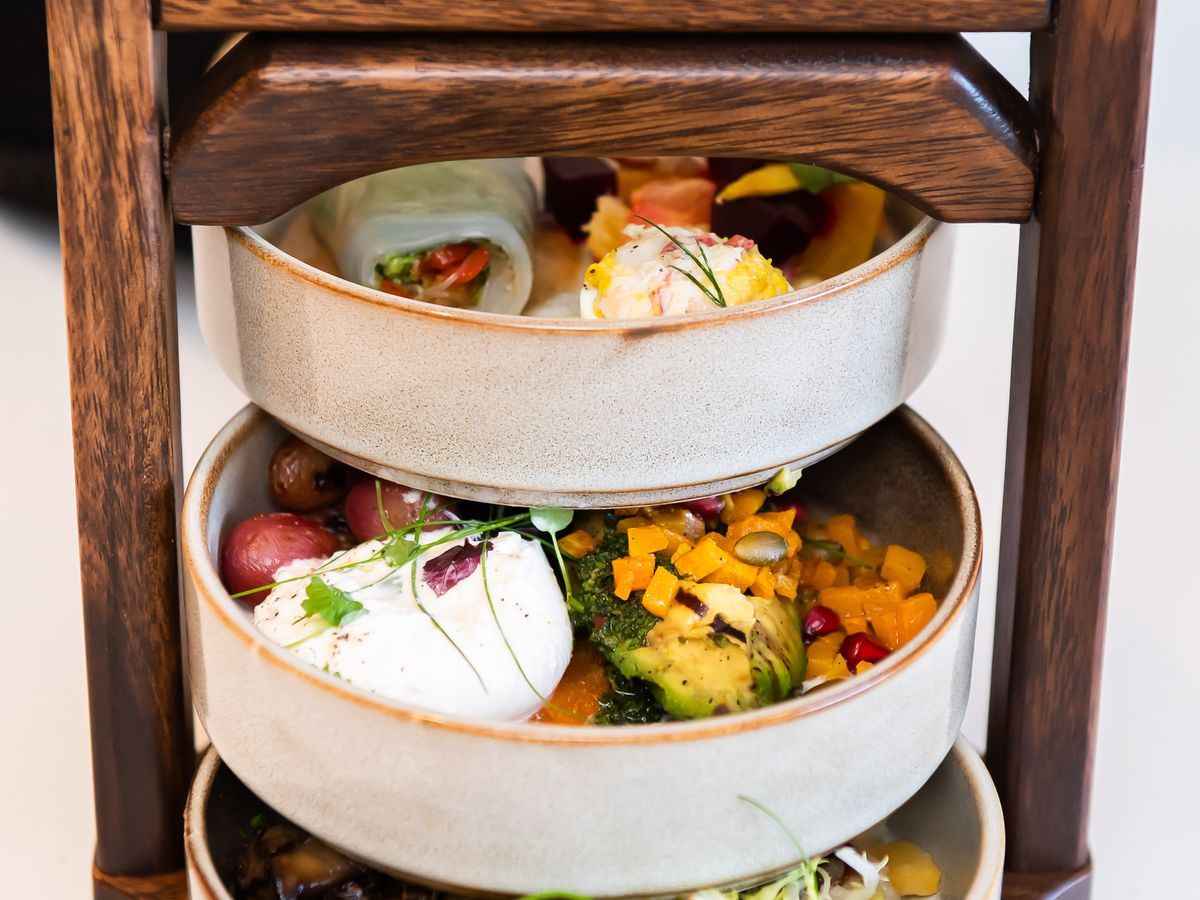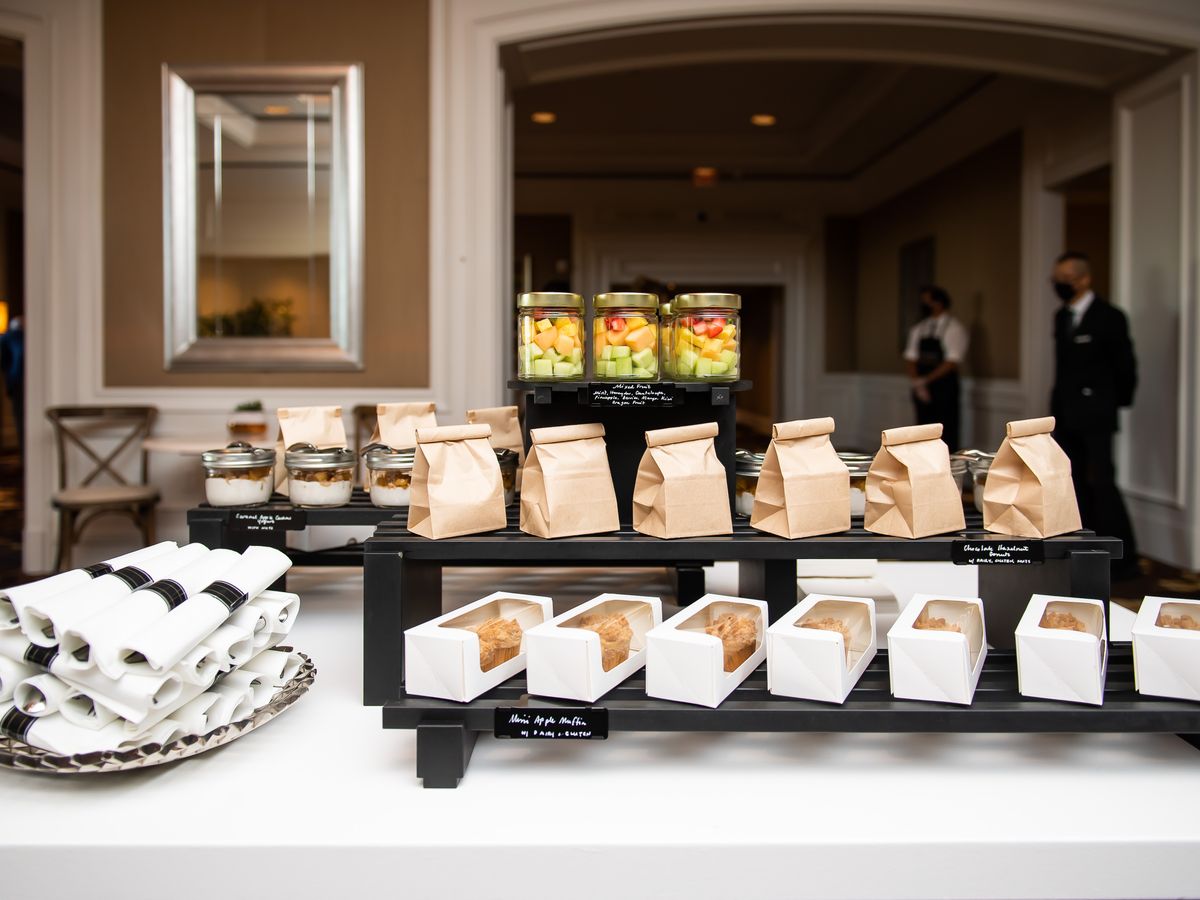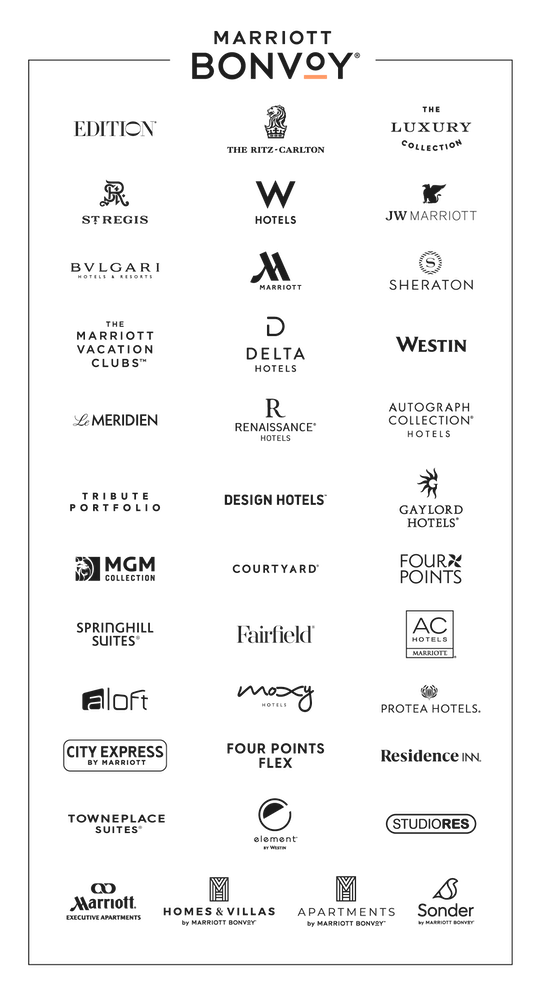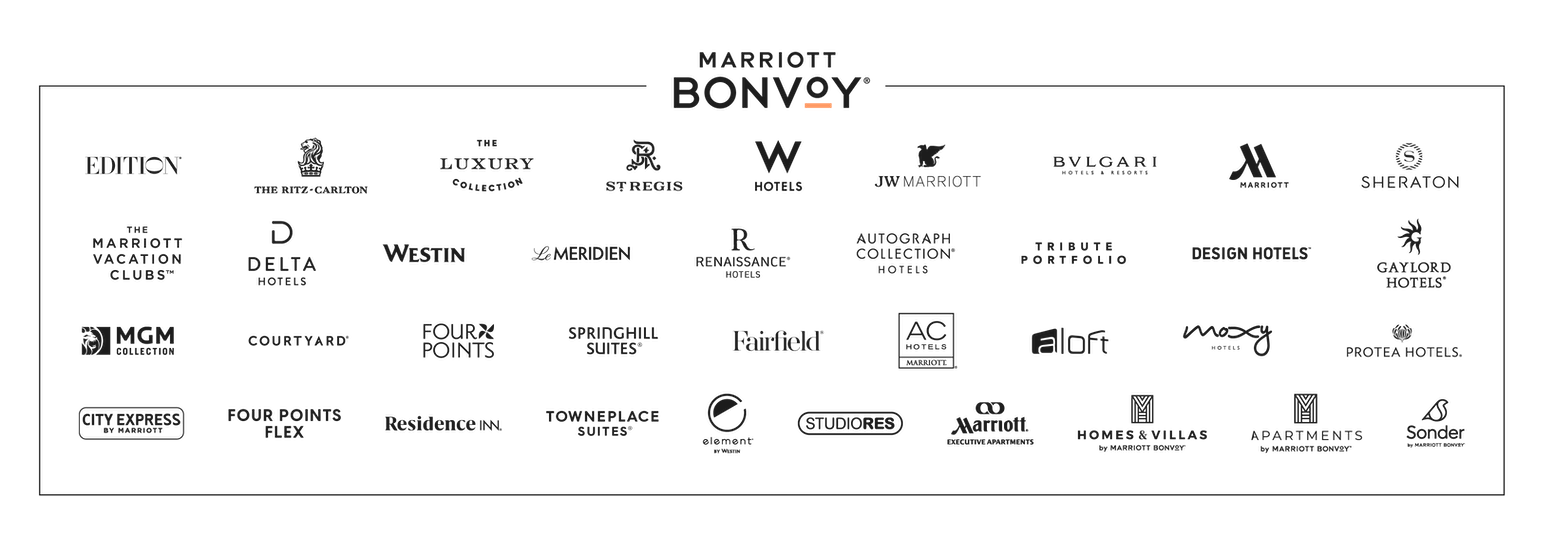Single-Serve Meals Can Be Sustainable Too
Over the last decade, the meetings industry has made major strides in embracing sustainable food and beverage options. Enter COVID-19, and a new world of hurdles.
COVID-19 isn’t a foodborne illness, but with social distancing in place, meeting planners turned to individual food and beverage packaging as a precautionary measure. Doing so helped alleviate stress from attendees. It also added up to a lot of waste.
So how can planners soothe people’s nerves about coronavirus-era dining while staying economically and environmentally efficient? Denise Naguib, global vice president, sustainability and supplier diversity at Marriott International, suggests tackling this challenge one step at a time.
Use these tips to help you choose individually packaged items that do the least amount of damage to the planet.
Think single-serve, not just single-use.
Individually packaged food and beverage is meant to serve one person at one time. But that doesn’t have to mean disposable, single-use packaging options.
For example, you can reduce waste by serving lunch in reusable, plastic clamshell containers or bento boxes. The same packaging can be washed, sanitized, and repurposed for lunch service on the second day of your event.


Gift individual, reusable water bottles.
In the spirit of single-serve, consider gifting reusable water bottles. Not in your budget? Share your environmental goal with your partners and vendors and see if any of them would be willing to donate branded canisters to your event.
Communicate your goals to attendees, too—let them know that the water bottles are more than just free swag, it’s also an opportunity to reduce waste. Naguib says to remember that thinking sustainably is a change for many people. “To act differently and carry their water bottles around, having refilling stations, that is a step,” she says. Layering in one change like this, one meeting at a time, not only makes it less overwhelming for you and your guests, but it also allows for a feedback loop.
“Get that feedback and insight from your own attendees to see what’s working, what’s not working, and cull ideas from them,” Naguib says.

Consider the materials.
There are ample sustainable packaging options—the trick is to find one that’s within your budget. Here are some considerations to keep in mind as you navigate what is and isn’t feasible for your next meeting.
- Glass containers for food and beverages are 100% reusable but are not always recyclable in many communities. While glass bottles (for, say, soda or iced tea) may be the first idea that pops into your mind, this could be the time to bring out your mason jars for easy pre-batching.
- Though paper packaging for food can be tricky to recycle, if you select paper packaging made from recycled paper, you are still reducing waste by not creating products from new materials.
- Metal vessels such as aluminum and stainless steel are highly reusable and readily recyclable. Opt for reusable jars or recyclable cans.
- When using plastic packaging, familiarize yourself with the recycling symbols and make sure the recycling facilities in your meeting’s region accept that type of plastic. And avoid plastics with bisphenol A when you can.
- For single-use items such as straws, consider options made from biodegradable materials like paper.
Think outside the container.
Individually packaged items don’t necessarily need to be boxed or bottled. Wine glasses can be used to serve starter salads, and metal cutlery can be individually wrapped with cloth napkins instead of a sealed plastic pack.
And remember that individual items don’t all have to be inedible. Consider bread bowls for soup or ice cream cones to hold dessert candies. Keep an eye out for more edible packaging under development, too.
Keep the big picture in mind.
As Naguib points out, communication is key. Work with your venue to place recycling and composting bins in a variety of strategic locations, and communicate these locations and your goals to everyone at your event. Additionally, make sure your recycling bins are clearly labeled, so there’s no confusion about which items can and cannot be placed inside.
If you’re reusing food and beverage packaging each day, make sure your attendees know how to use it. Create clear signage to show where water filling stations are located in your venue, or where to place materials meant to be sanitized and reused, such as mason jars and bento boxes. Doing these things will ensure everyone at your event feels safe while (re)introducing sustainability into your meeting’s mix.


